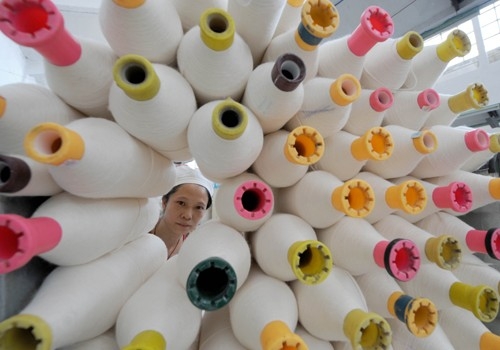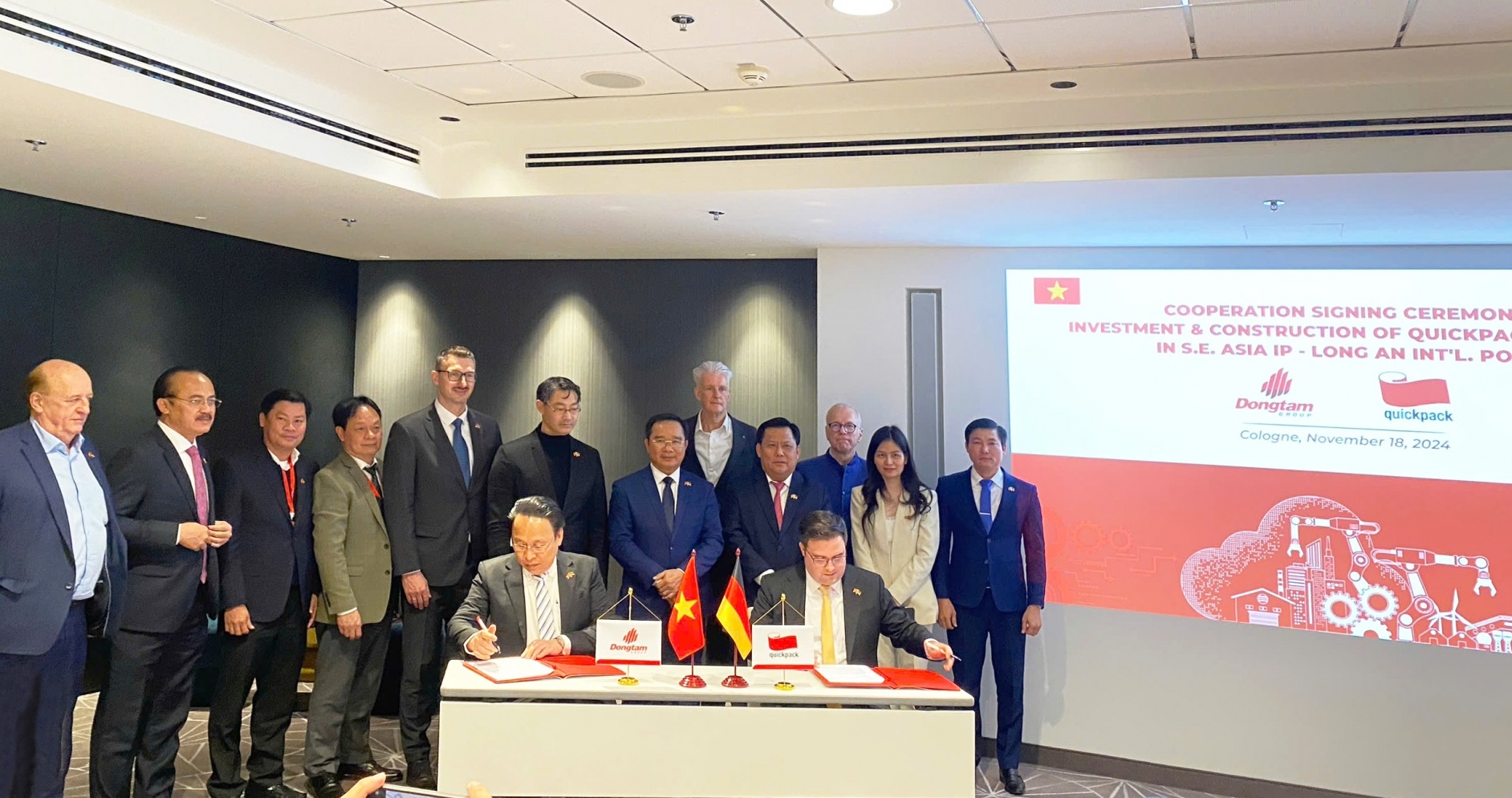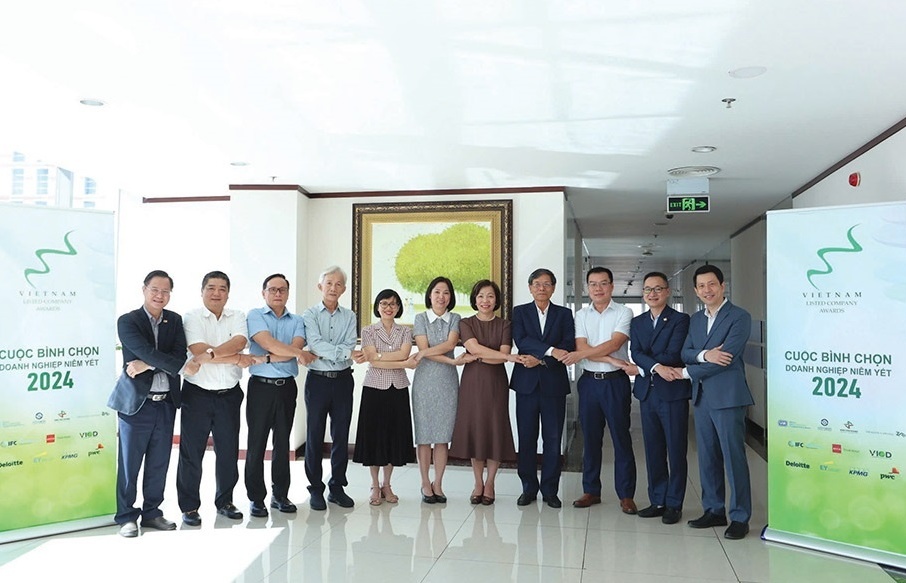TPP will make Vietnam the world’s biggest garments center

With considerable progress made at the last TPP negotiation round, all the parties keep a hope that the negotiations would finish by the end of the year, because all of them can see the big benefits from the agreement once it is signed. Vietnam is believed to be the biggest beneficiary from the agreement among the 12 member countries.
Regarding the textile and garment industry, under TPP, Vietnam’s exports would enjoy the tax rate of zero percent instead of 17.3 percent as currently.
However, the Vietnam Textile and Apparel Association (Vinatas) keeps cautious when talking about the opportunities to be brought by TPP to the industry.
The association has warned that Vietnam is in the danger of becoming a textile and garment center with “three nos”: no materials, no technology and equipment, and no market.
According to Nguyen Duc Tuan, Deputy Secretary of Vinatas, TPP has set up the “yarn forward” principle, which means that the textile and garment products exported by the TPP member countries would enjoy the preferential tariffs only if the steps of the manufacturing process including spinning, weaving, dying trimming and sewing are carried out in TPP member countries.
This is really a big problem for Vietnam, which has to import 88 percent of materials needed from other countries, including non-TPP markets. The same problem would be also faced by Malaysia and Mexico.
In an effort to help member countries to overcome difficulties, a solution, called “short supplying list” has been suggested, which allows some countries to continue buying materials from other countries for the domestic production. The solution would be applied for 3 years before the countries have to follow the “yard forward” principle absolutely.
Vietnam wants the solution to be applied for more than three years. However, analysts said it seems to be very difficult to obtain a longer grace period.
According to Vinatas, in 2012, Vinatas imported 415,000 tons of cotton, which satisfied 99 percent of the total demand.
About 90 percent of Vietnamese garment products have been made under the CMT mode (cut, make and trim)
In terms of technologies and equipments, Vietnam does not have big advantages. It has been using a lot of machines and equipments imported from other countries. The domestic market remains untouchable for Vietnamese garment companies. Due to many reasons, the products by domestic companies have not been salable in the domestic market.
Vinatas has warned that if the problems cannot be settled, this would hinder the development of the Vietnamese textile and garment industry in the future.
In short and medium term, Vietnam would not be able take full advantage of the TPP and the free trade agreements, if the “yarn forward” principle, or the high requirements on product origin are applied.
In the long term, the textile and garment industry cannot encourage workers, become vulnerable when the markets with low labor costs appear. And more importantly, Tuan said, Vietnam would not have a sustainably developed textile and garment industry.
What the stars mean:
★ Poor ★ ★ Promising ★★★ Good ★★★★ Very good ★★★★★ Exceptional
Latest News
More News
- Trump's trade policies could shape Vietnam's economic outlook: Dragon Capital (November 15, 2024 | 16:56)
- Prioritising corporate governance for Vietnam’s sustainable growth (November 14, 2024 | 16:50)
- Vietnam eyes nuclear revival to bolster energy security (November 14, 2024 | 16:46)
- German businesses explore investments in Dong Nai (November 08, 2024 | 18:02)
- Vietnamese consumer sentiment outperforms regional averages (November 08, 2024 | 18:00)
- Exchange and interest rates forecast to remain stable after US election (November 07, 2024 | 14:04)
- Industrial real estate stocks benefit from US election results (November 07, 2024 | 13:56)
- 2024 sees $1.41 billion in fintech funding so far (November 07, 2024 | 08:13)
- Trump at 266 electoral votes, Harris at 195: US media (November 06, 2024 | 14:30)
- Hanoi targets digital and high-tech investment with upcoming event (November 06, 2024 | 13:28)




















 Mobile Version
Mobile Version